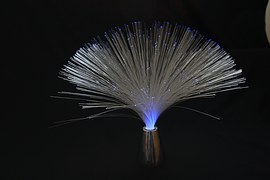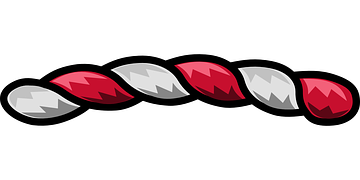Fiber optic cables contain thousands of optical fiber in a protective and insulated jacket. Since their inception, about four decades ago, they have revolutionized the world of network communication, and they are almost wiping out the traditional methods of networking which uses metallic wires. Though fiber optic cables have the ability to improve the performance of different equipment, there are certain problems that you will encounter along the way. Here are four major fiber optic problems and how to rectify them.
DISADVANTAGES OF THE FIBER OPTIC CABLE
TWISTING OF THE CABLE
A fiber optic with excess length after the connection is made at risk of twisting, winding around itself or bending. This results in permanent damage of the components within the cable including the fibers. To prevent bending or twisting, always ensure you use right size. Since fiber cables are available in different lengths, first position the equipment you want to connect and use a measuring tape to get the length between them.
STRETCHING OF THE CABLE
Fiber optic cable contains delicate components within it that get easily damaged when stretched. This happens when you are trying to make the cable accommodate a distance it cannot.
To prevent this, move items closer to the cable or consider obtaining a cable with the appropriate length.
Stretching also occurs when the cable is pulled at the jacket instead of using grips at the connector which are designed to remove or fit them. Always use grips to remove the connectors from the socket holding it instead of pulling,
PERFORMANCE PROBLEMS
Performance problems occur when the fiber optic cables are not connected properly. If you cable is not working, check if all the connectors are inserted properly and rectify any that is not. If the problem persists, consider replacing the cable with a version that uses spring loaded connectors that fit firmly without slipping.
DAMAGED FIBERS
This is where the fibers in the cable are dam aged or broken. This cannot be detected by looking with the naked eye.
aged or broken. This cannot be detected by looking with the naked eye.
To check if this is the case, you need to use a fiber optic tracer to highlight any damaged fibers in the cable. This device resembles a small flashlight; it uses LED, and it can fit in the cable connector allowing to check continuity.
If the all the fibers are all intact, the light will be visible from the other end of the cable. If not, then some of the fibers are damaged, and you will need to replace the cable.…

